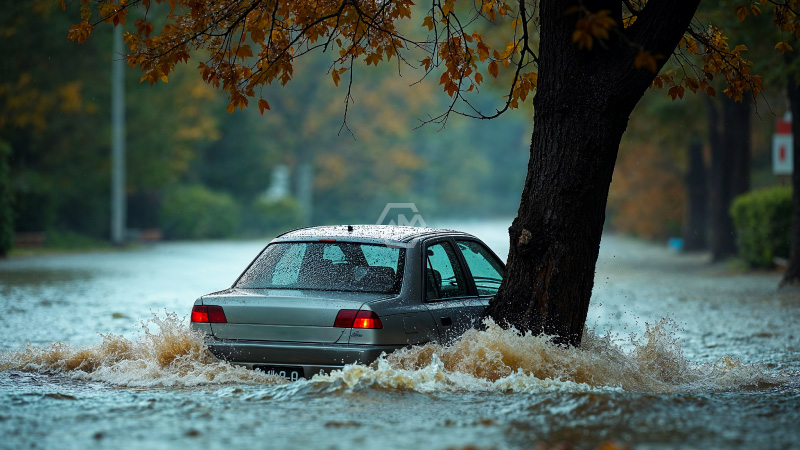- Extreme rainfall on March 7th caused severe flooding, displacing 1,400 people and killing 16.
- The heatwave preceding the floods affected Argentina and neighboring countries, with record-breaking temperatures.
- A multinational study confirms climate change has intensified both the rainfall and the heat.
Argentina’s recent climate catastrophe—a deadly combination of extreme heat and severe flooding—has affected over 300,000 people. Record-high temperatures and prolonged heatwaves in February and March created dangerous conditions across central and northern Argentina, leading to power outages, transportation disruptions, and increased health risks.
The catastrophic floods that followed, particularly on March 7th, were exacerbated by already saturated soil and intense downpours. Scientists from multiple countries conducted an attribution study, confirming that human-induced climate change played a significant role in increasing both the likelihood and intensity of these extreme weather events.
Heatwaves, Floods, and Climate Change: Argentina’s Latest Warning
The heatwave that gripped Argentina for weeks in early 2025 was unprecedented in its intensity and duration. Over 60 cities experienced prolonged heatwave conditions, with northern Argentina, Paraguay, Uruguay, and southern Brazil seeing temperatures above 40°C. The extreme heat led to widespread power failures, transportation issues, and increased strain on public health systems.
Following the heatwave, a powerful cold front triggered heavy rainfall between March 1-7, culminating in severe flooding on March 7th. More than 300,000 people were affected, with 16 confirmed deaths and extensive property damage estimated at $400 million. The combination of extreme heat and heavy rainfall created a cascading disaster, highlighting the increasing risks posed by climate change.
A multinational team of researchers analyzed the climate data and found a direct link between human-induced global warming and both the heatwave and floods. Their study confirmed that climate change made these events more likely and more intense, reinforcing warnings from previous extreme weather studies.
As climate change accelerates, Argentina and other vulnerable regions face heightened risks of extreme weather. Governments and communities must prioritize infrastructure resilience, early warning systems, and climate adaptation measures to prevent future disasters.
Argentina’s extreme weather serves as another stark reminder of the growing dangers of climate change. Urgent action is needed to mitigate these risks, from reducing emissions to strengthening disaster preparedness.
“Climate change is not just about distant futures; it’s about the disasters happening right now.” – Christiana Figueres



